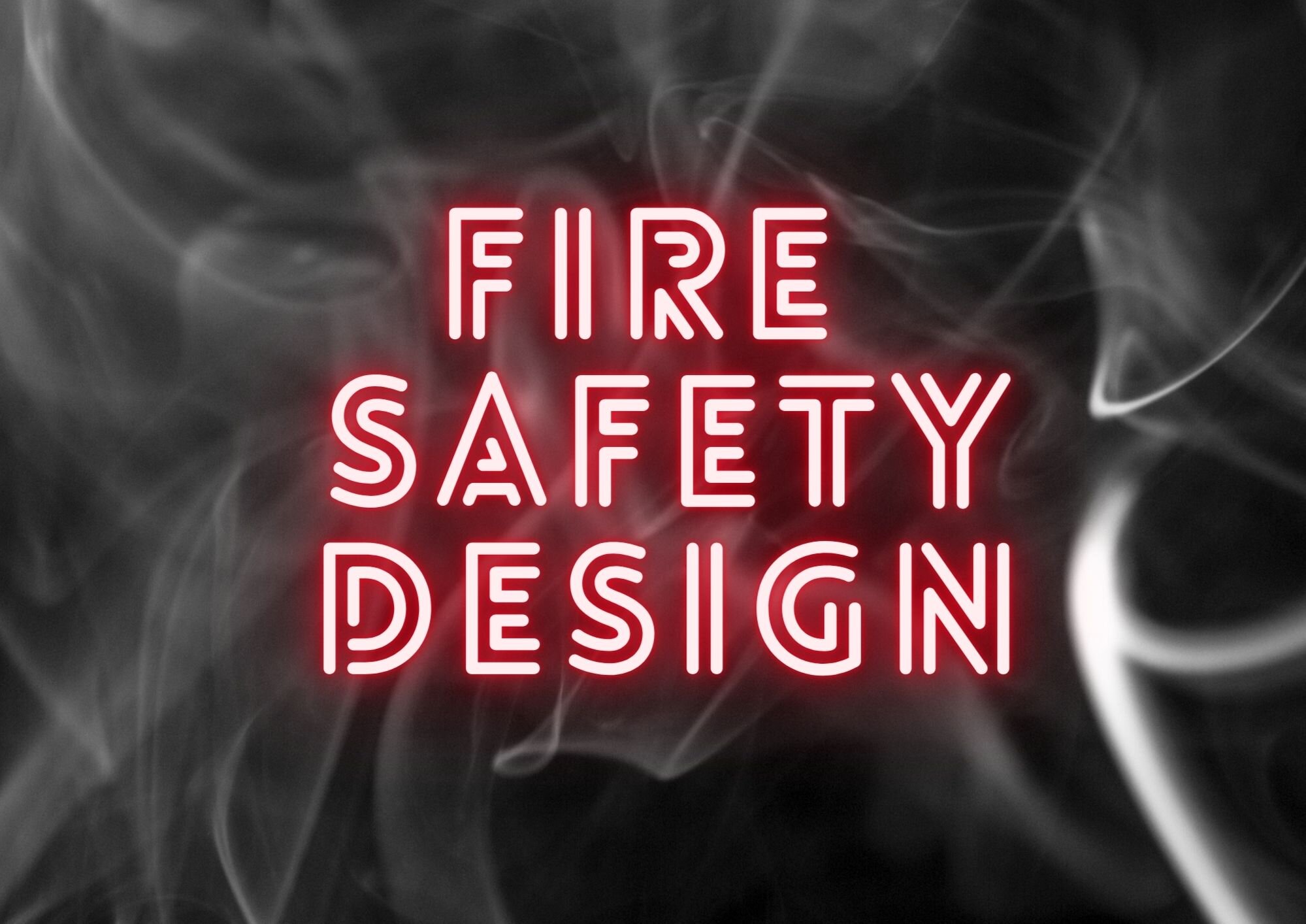What is Fire Safety Design?
/Most buildings will benefit from Fire Safety Design using Performance Solutions. The Fire Safety Design process develops a Fire Safety Strategy. The strategy consists of meeting the required Deemed-to-Satisfy provisions and Performance Requirements. This is achieved through the process of the Fire Engineering Brief (FEB) and the Fire Engineering Report (FER). A registered Fire Safety Engineer justifies the Performance Solutions and approved by stakeholders.
What is effective Fire Safety Design?
A performance-based design allows you to achieve your desired function, aesthetics, and other goals for your building alternative to the Deemed-to-Satisfied.
This approach enables the building designer to create a more exciting and beautiful building design that enhances occupancy and reduces costs.
Effective Fire Safety Design benefits include:
Compliance
Greater flexibility or scope in the design and use of the building
Timely project delivery
Meet project goals
Cost-effective design
Practical maintenance requirements
What is the Fire Safety Design Process?
The Fire Safety Design process meets the Building Code of Australia (BCA).
The Fire Engineering Brief (FEB) outlines the building's Fire Safety Strategy. Stakeholder approval of the Fire Engineering Brief is required to ensure the strategy meets all the objectives and goals.
The agreed Fire Safety Strategy is analysed in Fire Engineering Report for Authority acceptance and approval.
These two documents become part of the Approved Building Design.
Working with the Fire Safety Engineer in the early stage of the building concept design accelerates the design solution.
The Fire Safety Engineer's approach includes:
A holistic review of the building form, materials, use and occupancy.
Stakeholder feedback and engagement with the process.
Consultation with authorities and feedback.
Develop the most effective solution.
The earlier you engage the Fire Safety Engineer in the Design Process, and the more information you provide, the happier you will be with the outcome.
Who is Responsible for Fire Safety Design?
In collaboration with other building designers, the Fire Safety Engineer develops the Performance Solutions to obtain stakeholder acceptance.
|
Stakeholder |
Role / Responsibility |
|
Fire Safety Engineer |
Produce the FEB with the fire safety strategy
|
|
Relevant Building Surveyor (RBS) |
Agree work complies to the BCA
|
|
Building Owner |
Engage the design team
|
|
Design Manager |
Provide up to date information on the building.
|
|
Building designer / Architect |
Provides design drawings to all services designers and
engineers.
|
Get in touch
If you require Fire Safety Design using Performance Solutions, please contact us.
Ask for Alyce – (03) 9870 1317
Email alyce@integratedfire.com.au


